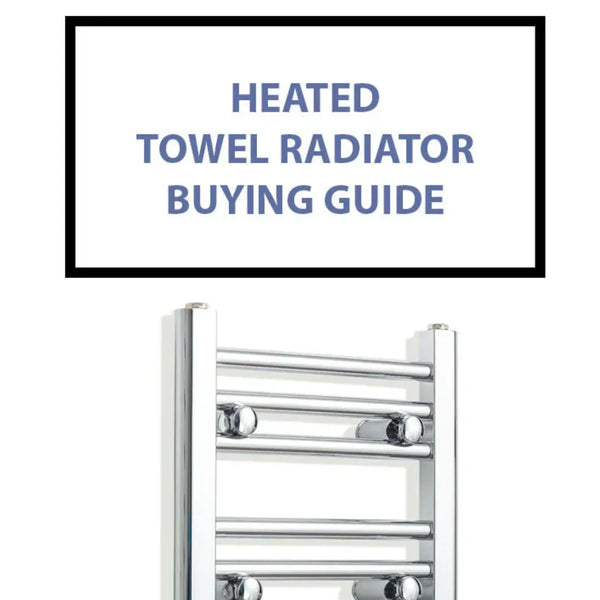What Are Heating Elements? Find the Right Element for Your Needs

Most electrical appliances use heating elements to help us perform some tasks. These include dryers, furnaces, toasters, and all types of heaters. Ultimately, it is almost impossible to miss at least one heating element in our homes. We need knowledge of what heating elements are, how they work, and a quick guide to help you choose them. This article is a short guide to heating elements and will be comprehensively explained.
Heating elements are devices used to convert electrical energy into thermal energy or heat using Joule heating.
How Heating Elements Work
Joule heating is also known as Ohmic, resistive, or resistance heating. It is the physical effect that causes the production of thermal energy or heat through the passage of an electric current through a conductor. The electric current passing through the conductor encounters a resistance level, causing heat production.
Most heating elements are made from ribbon, coil, or a strip of wire that is a good conductor of electricity. When an electric current passes through the ribbon coil or strip of wire, it is converted to heat and transmitted outward.
Heating elements provide a sturdy electrical component that produces heat when a large electric current is forced through it.

Properties of a Heating Element
Although heating elements are made of conductors, not all good conductors of electricity can be used to make heating elements. A conductor can only make a heating element if it has the following properties:
- Resistivity- the conductor must have enough resistance to conduct electricity and produce heat.
- Oxidation resistance- Oxidation can compromise the structure of a heating element. Metallic heating elements can be protected against oxidation by applying a former oxide alloy, while ceramic heating elements SiO2 or Al2O3 are used to offer oxidation resistance.
- Temperature Coefficient of Resistance- A higher temperature coefficient of resistance is mainly used for heat-sensing applications and a lower value for heat generation.
- Mechanical properties- the material should maintain the same form at room temperature and high temperatures.
- Melting point- a high melting point is less likely to limit operating temperature.
Heating Element Materials
Only a few materials can meet the above heating material properties. The materials should be able to resist high-temperature oxidation. Alternatively, the materials should be able to oxidize at high temperatures to be used in low-oxygen environments like furnaces and vacuum environments. These materials are:
- Nickel chromium alloy
- Iron chromium aluminum alloy
- Molybdenum silicide
- Silicon carbide
- Graphite
- Molybdenum
- Tungsten
- Tantalum
Factors to Consider When Buying a Heating Element
You should check for essential specifications when looking for heating material.
- Watt density
Each heating element has a different watt density according to its specified application. When selecting one, check the manufacturer's recommendations on watt density for a particular use.
- Power supply
The voltage rating for heating elements should be 120V or 240V, and the heating element should be able to operate satisfactorily with the available power supply.
- Temperature
The operating temperature and the watt density of the heating element.
Other than the above features, there are other features that you should check, like fluid flow, temperature sensor location, and corrosion.
Choosing a heater doesn't have to stress you. With this quick guide, you can get all the information you need from your supplier before ordering the heater, and it will indeed serve you well for a long time.
FAQs on Heating Elements
1 Q: What is the best heating element?
A: The best heating elements are popularly made of ceramic because it is highly efficient. Even with a small surface area it heats up pretty fast and produces a lot of heat
2 Q: What causes failure of heating elements?
A: Mechanical failure, oxidation, formation of hot-spots and corrosion are common reasons why heating elements fail.
Conclusion
Choosing a heater doesn't have to stress you. With this quick guide, you can get all the information you need from your supplier before ordering the heater, and it will indeed serve you well for a long time.







